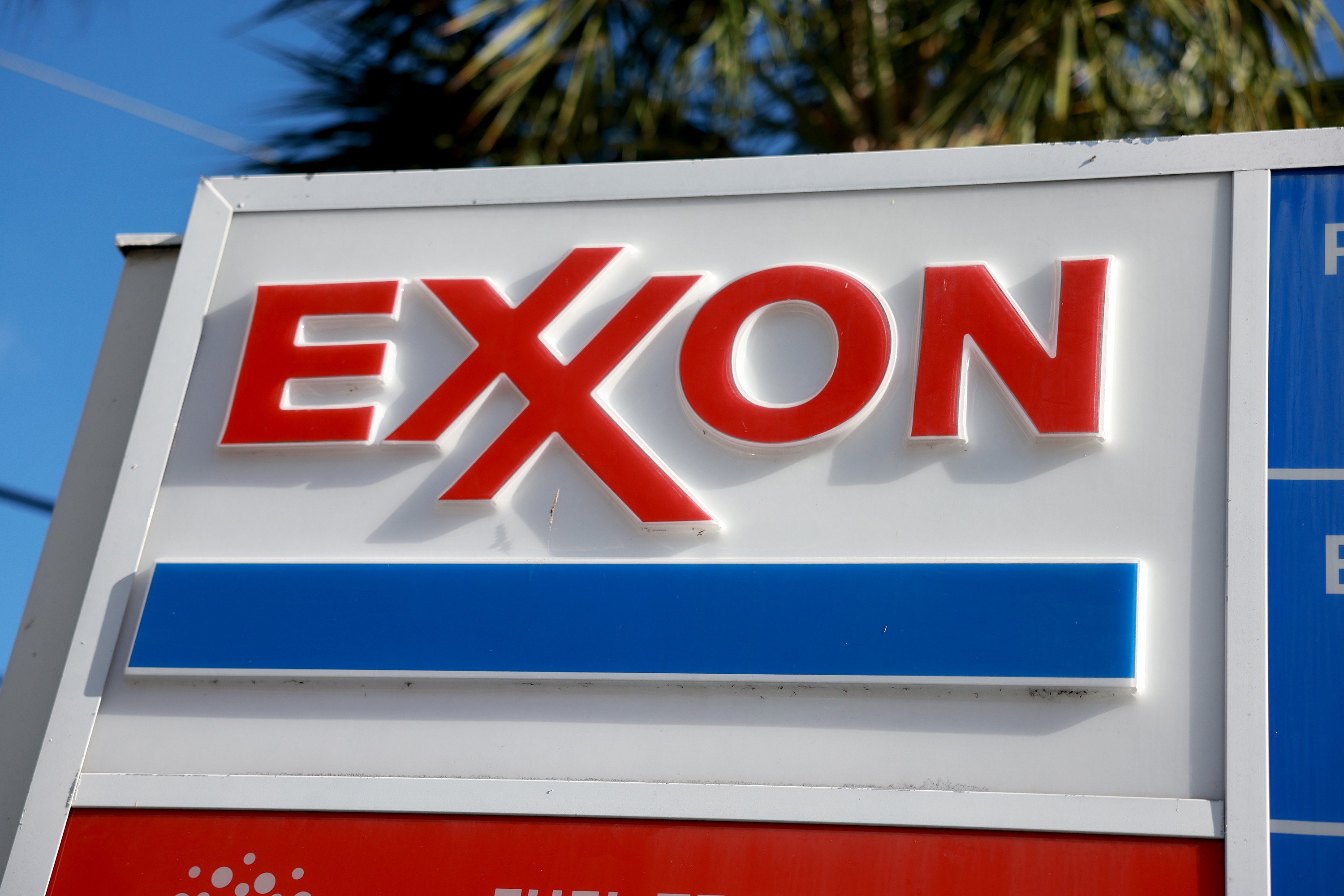The story of Interoil (NYSE: IOC) has unfolded similarly to a soap opera. The company has gone from a mild-mannered refining and marketing business on the island nation of Papua New Guinea to a company with what could prove to be one of the largest natural gas finds in the Asia-Pacific region in the past quarter century. With this vast potential, Interoil wants to export its newfound reserves, but needs outside help to get it done. Based on its recent move, though, it appears that the company is banking its success on its negotiations with ExxonMobil (XOM +0.13%). Let's take a look at this situation and how it will affect investors in this company.
Supplying Papua New Guinea for 1,300 years... or the U.S. for one
The one problem with finding natural gas in Papua New Guinea is that the domestic market is marginal at best. In 2011, the country's annual gas consumption was equivalent to what the United States consumes in 1.5 hours. So, to monetize any gas found in the country, it will need to be exported. For the past several years this has been the company's primary goal: develop these gas fields, build an LNG facility, and export to the LNG-hungry Asia-Pacific market.
For Interoil, this is much more difficult than it sounds. Exxon has been building a facility in Papua New Guinea for the past four years, and it will take over $19 billion once its complete. Frankly, Interoil by itself cannot handle the financial burden of building one of these facilities on its own. Even the Papua New Guinea government recognizes that. The government has stipulated that approval of the facility will require that it find a operation partner with the checkbook to take on a project this size and the expertise in LNG facilities.
It looks like that plan may be going away as the company's negotiations with Exxon progress. During Interoil's most recent conference call, newly appointed CEO Michael Hession said that plans to build its own facility are being shelved and the company will focus on its negotiations to be a supplier of Exxon's facility that is slated to come on line next year.
In Exxon we trust
By removing Interoil's own LNG facility from the equation, it speeds up revenue growth for the company. Let's do a little back of the napkin calculation to explore the two options. Let's say, for example, that Interoil provides 20% of the natural gas for Exxon's 6.9 million tons per year facility versus building its own 4 million tons per year facility. It has taken Exxon four years to construct this facility that will be ready in 2014, so assuming that Interoil's facility were to follow a similar schedule, it would not come on line until 2017 at the earliest. Based on the project start-up times and the rate of production, total revenue generated from its own facility would not equal the Exxon option until around 2020. This also doesn't include the additional costs that would be incurred to bring its own facility on line.
This truncated timetable to monetizing natural gas would allow the company to speed up its development plans, increase revenue in the near to medium term, and let the company "stick to its knitting" as Hession said during the recent conference call. There is one catch to this option, though: By shelving it's own LNG facility, it has weakened its position at the negotiation table, which could lead to a less favorable deal.
What a Fool believes
Interoil may be left with few options if the deal with Exxon were to fall through. The company has been free cash flow negative for three straight years as it has invested heavily in its exploration and production activities. The company has already burned one bridge in a failed negotiation with Royal Dutch Shell, and not having access to Exxon's facility means investors will have to wait several years before the company can realize any gains on its natural gas assets. If the deal were to go sour, a possible backup plan would be to work with Total (NYSE: TOT). Total has been rather unsuccessful during a two-year natural gas exploration program in Papua New Guinea, and it would certainly be a candidate that would pass the government test as one who could provide funding and expertise for LNG and well development. Also, with a market cap of just over $3.5 billion, it would not be a complete shock to see Exxon, Total, or one of the other integrated majors make a play to buy out Interoil for its natural gas assets.






